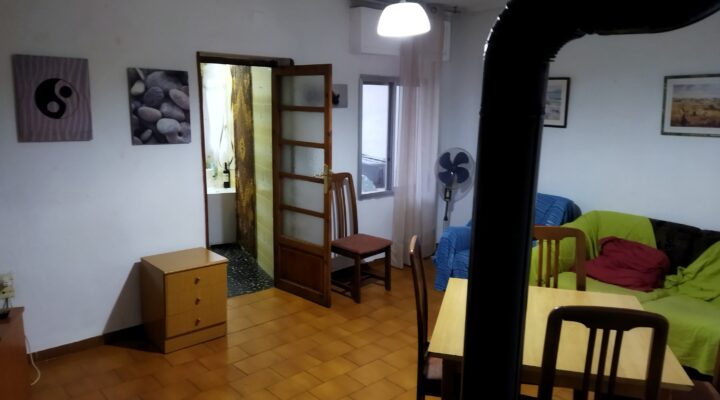In recent years, there has been a surge in interest in science kits for kids as parents along with educators seek to inspire small minds and cultivate a desire for science, technology, engineering, and mathematics (STEM) subjects from an early age. Science kits offer hands-on, interactive learning experiences which engage children in checking out scientific concepts, conducting experiments, and solving problems in a very fun and engaging manner. Nonetheless designing effective content and also curriculum for monthly technology kits presents unique problems and opportunities, requiring consideration of educational objectives, age-appropriate activities, and alignment together with curriculum standards.
One of the crucial strategies in content layout and curriculum development with regard to monthly science kits is to ensure that activities are aligned correctly with educational objectives as well as learning goals. Each package should be designed with specific studying outcomes in mind, whether it be presenting basic scientific concepts, rewarding classroom learning, or marketing critical thinking and problem-solving skills. By clearly articulating learning objectives and aligning activities with curriculum expectations, educators can ensure that science kits provide meaningful learning experiences that complement in addition to enhance formal education.
Moreover, science kits should be created to cater to the developmental desires and interests of children at different age levels. Actions should be age-appropriate, challenging, and fascinating, taking into account children’s cognitive talents, attention spans, and interests. For younger children, activities might focus on simple experiments along with sensory exploration, whereas older children may engage in more complex brought on and problem-solving challenges. By means of tailoring content to the certain needs and interests various age groups, educators can ensure this science kits are accessible and appealing to a wide range of little ones.
Furthermore, science kits really should incorporate a variety of hands-on, experiential learning activities that encourage dynamic exploration and discovery. Children learn best through hands-on experiences that allow them to indulge all their senses and make an effort to participate in the learning process. Scientific disciplines kits should include a mix of studies, demonstrations, investigations, and imaginative projects that encourage children to ask questions, make observations, and also draw conclusions based on information. By providing opportunities for hands-on exploration, science kits can foster a deeper comprehension of scientific concepts and promote a lifelong love involving learning.
In addition to hands-on exercises, science kits should include options for children to engage in open-ended inquiry and experimentation. Open-ended activities allow children to learn scientific concepts in a imaginative and flexible manner, encouraging these phones generate their own questions, style their own experiments, and pull their own conclusions. By influencing curiosity, creativity, and self-employed thinking, open-ended activities allow children to take ownership in their learning and develop the abilities they need to become lifelong scholars and critical thinkers.
Additionally, science kits should use interdisciplinary connections that emphasize the interconnectedness of CONTROL subjects and their relevance to real-world contexts. Many methodical concepts cut across multiple disciplines, and science packages provide an ideal opportunity to assimilate STEM learning in a alternative and meaningful way. Exercises should incorporate elements of mathematics, engineering, technology, and the martial arts to provide a well-rounded and interdisciplinary learning experience. By making internet connections between different STEM things and real-world applications, science kits can help children develop a deeper understanding of the interconnectedness of the world around them.
Furthermore, science kits should include opportunities for the children to engage in collaborative finding out and social interaction. Science is often a collaborative endeavor that really needs teamwork, communication, and synergy. Science kits should present opportunities for children to work with each other in groups, share suggestions, and collaborate on studies and projects. By cultivating collaboration and social connections, science kits can help little ones develop essential interpersonal capabilities such as communication, teamwork, along with problem-solving, which are critical for accomplishment in school and beyond.
In the end, content design and subjects development are critical components of creating effective monthly technology kits for kids. By moving activities with educational objectives, tailoring content to the developing needs and interests of babies, incorporating hands-on, experiential studying activities, fostering open-ended inquiry and experimentation, making interdisciplinary connections, and promoting collaborative learning and social interaction, educators can design scientific research kits that engage and also educate young minds in a fun and meaningful way. By way of innovative and engaging content, scientific research kits can inspire fascination, ignite a passion for learning, as well as https://www.studiofx.ca/boards/topic/7835/where-to-find-royalty-free-images-for-commercial-use empower children to explore the amazing things of the world around them.











Compartir